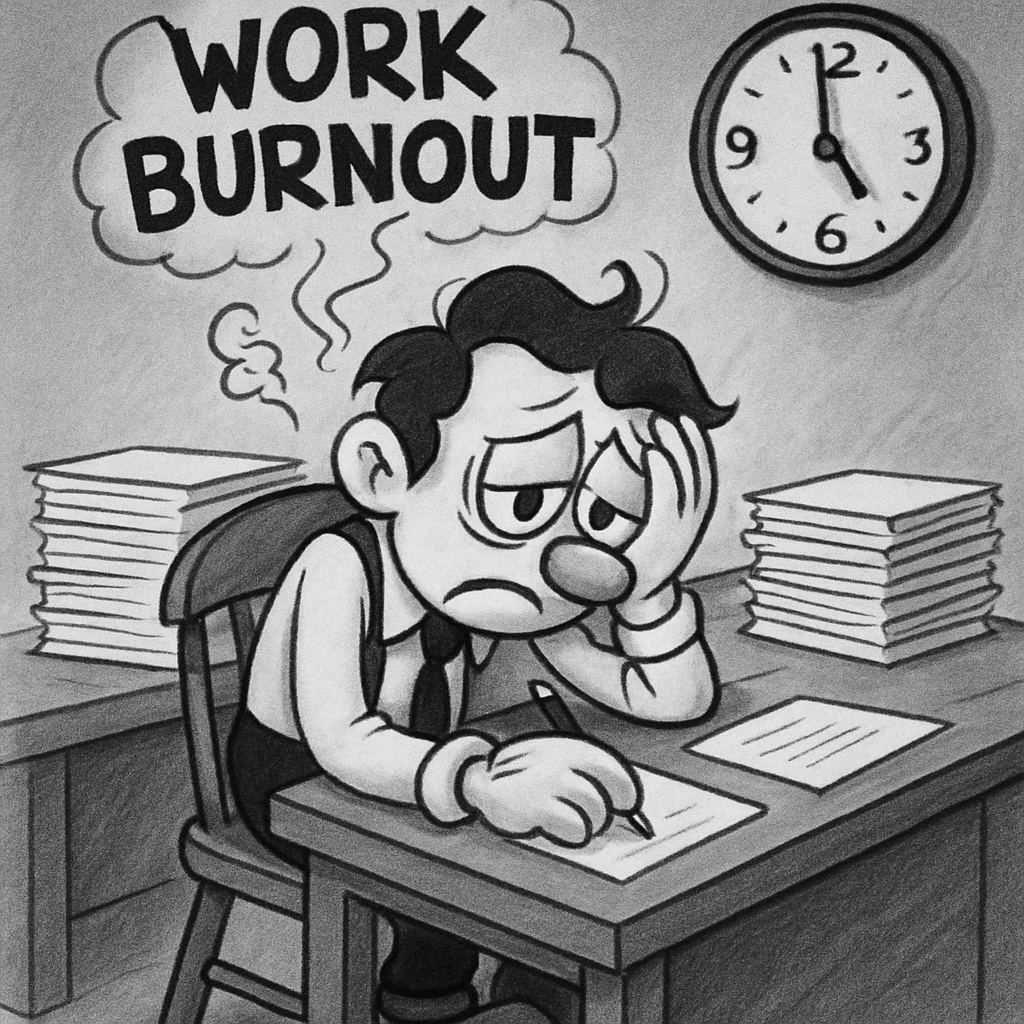Understanding Work Burnout: Causes and Solutions
In today’s fast-paced work environment, burnout has become an increasingly common struggle among employees across various sectors. It is critical for both individuals and organizations to understand what work burnout is. Knowing how it manifests and the factors that contribute to it is essential to combat this pervasive issue.
What is Work Burnout?
Work burnout is a state of physical, emotional, and mental exhaustion caused by prolonged and excessive stress at work. It occurs when an individual feels overwhelmed, emotionally drained, and incapable of meeting constant demands. Some level of stress is a normal part of any job. Yet, chronic stress without adequate coping mechanisms can lead to burnout. This severely affects one’s health and productivity.
How Does Work Burnout Manifest?
Burnout is typically characterized by a range of symptoms that can occur incrementally or suddenly. Here are some common manifestations:
1. Physical Symptoms
- Chronic Fatigue: Persistent tiredness that doesn’t improve with rest.
- Sleep Disturbances: Difficulty falling or staying asleep, leading to further fatigue.
- Frequent Illness: A weakened immune system can lead to more frequent colds or other infections.
2. Emotional Symptoms
- Detachment: Feeling disconnected from work, colleagues, or clients.
- Cynicism: A bleak outlook towards tasks and responsibilities, leading to a lack of enthusiasm.
- Irritability: Increased frustration and impatience, often impacting relationships with colleagues.
3. Behavioral Symptoms
- Reduced Performance: A decline in productivity and work quality.
- Increased Absenteeism: Regularly missing work due to feeling overwhelmed or unwell.
- Changes in Work Habits: Procrastination or a lack of commitment to tasks.
Common Factors Contributing to Work Burnout
While many factors can lead to burnout, some common contributors include:
1. Excessive Workload
An unmanageable workload, whether due to unrealistic deadlines, multitasking, or understaffing, can overwhelming employees. When individuals are constantly pushed beyond their limits, it can result in burnout.
2. Lack of Control
Feeling powerless over job responsibilities or decisions about work processes can lead to frustration and helplessness. Employees who lack autonomy struggle with job satisfaction.
3. Insufficient Reward
A lack of recognition, inadequate compensation, and insufficient growth opportunities can lead to feelings of undervaluation. When employees don’t feel rewarded for their hard work, it can breed disillusionment.
4. Poor Workplace Environment
Toxic workplace culture, characterized by office politics, inadequate management support, or poor communication, can exacerbate feelings of stress and dissatisfaction.
5. Imbalance Between Work and Life
An unhealthy work-life balance can impede personal life and well-being, leading to emotional exhaustion. When work consistently overshadows personal time, it leaves little room for recovery.
Preventing and Addressing Burnout
Addressing burnout requires a proactive approach. Here are some strategies that individuals and organizations can implement:
For Individuals:
- Set Boundaries: Set realistic limits on work hours and stick to them.
- Practice Self-Care: Engage in regular physical activity, keep a healthy diet, and emphasize rest and relaxation.
- Seek Support: Discuss feelings of burnout with colleagues, supervisors, or mental health professionals.
For Organizations:
- Encourage Open Communication: Foster an environment where employees can express concerns and give feedback.
- Implement Work-Life Balance Policies: Encourage flexible working arrangements and promote time off.
- Recognize and Reward Contributions: Regularly acknowledge employee achievements to boost morale and motivation.
Conclusion
Understanding work burnout is essential for both individuals and organizations recognizing its prevalence in the modern workplace. Employees can protect their mental health and well-being by identifying symptoms early. Employers can create a more supportive and productive work environment by addressing contributing factors. Taking the necessary steps towards prevention enhances personal well-being. It also promotes a healthier, more engaged workforce.

